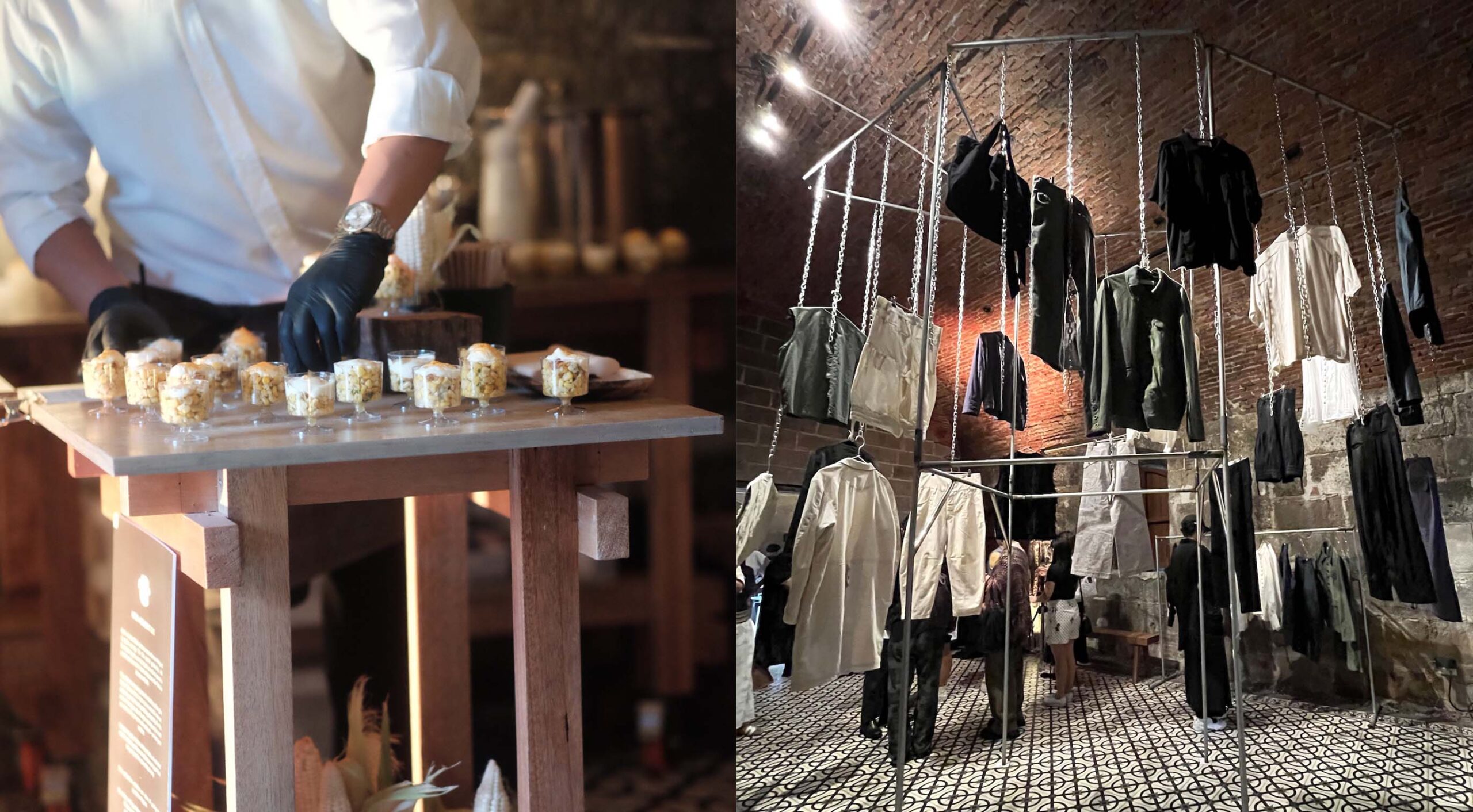Cheryl Tiu got her start in lifestyle media as a 17 year old writing for the youth section of a national broadsheet. Not long after, she found herself working in magazine publishing as a lifestyle editor, and eventually as a publisher.
Now arguably best known for writing about her dining experiences and travels in her personal blog, Tiu is also a contributor to several publications, the Philippines’ sole Tastehunter (a kind of digital ambassador) for the World’s 50 Best Restaurants and Bars, and the founder of Cross Cultures, an events platform that promotes the exchange of cultures through food.
What are the common misconceptions people have about lifestyle blogging?
That we just sit in front of our computers and write. I think it’s normal for people to romanticize occupations they’re not in. There’s nothing wrong with that because there are wonderful things about every occupation and of course, there are things behind the scenes that nobody sees. Editors, journalists, and bloggers are constantly on the go. We are traveling, meeting people, and attending events, product launches, and tastings all the time.
Social media has no doubt become one of the most powerful platforms to share different cultures and experiences, but it definitely has its drawbacks. Can you recall some negative experiences you’ve had with social media?
The algorithm is one thing. A lot of us notice that less and less people are seeing our posts. Even if you’re following someone, you may not necessarily see their posts, which makes it hard to reach your audience. Another thing is when people obsess about their follower count and the number of likes. I don’t think the number of followers a person has determines how influential they are.
“The unfortunate thing with restaurants is if, say, there was even just one bad egg or one server that messes up, the entire restaurant—that’s the entire service team and chefs team and the brand that they’ve built—takes the hit,” says Cheryl Tiu.
In recent years, the World’s 50 Best Restaurants has been criticized for favoring white male chefs. There’s been a call for the organization to be more diverse in choosing culinary talents to celebrate. Do you think the award-giving body does in fact need to be more inclusive?
What 50 Best is doing now is something they can control—the gender balance between voters. For the first time this year, the ratio of male to female voters is now 50-50. They have also launched a lot of female chef initiatives and forums for female chefs to speak. I personally think that the Best Female Chef award shines a spotlight on women, giving them the platform to speak and showcase to the world what they are doing.
If the Best Female Chef award is one way of acting upon this problem of sexism and exclusivity, do you think it’s enough of an action?
It’s a start. It’s a springboard to many more initiatives—awareness being the first step.
It seems that there’s always an influx of new restaurants. What qualities do restaurants need in order to survive in an ever-expanding and evolving culinary landscape?
Identity and a philosophy—something they stand for. Also, consistency and service. We all go to restaurants to celebrate a milestone or spend time with family and friends, and if you had a terrible experience—if the restaurant was rude to you or your loved ones—would you go back? You can forgive bad food but you can’t forgive bad service.
https://www.instagram.com/p/CTPXi8FLHsJ/
Can you recall a specific dining experience where you encountered good food but experienced bad service (or vice versa)?
Yes, but I’m not one to name restaurants publicly as I still respect that a restaurant is someone’s livelihood, and I’m aware that everyone makes mistakes. The unfortunate thing with restaurants is if, say, there was even just one bad egg or one server that messes up, the entire restaurant—that’s the entire service team and chef’s team and the brand they’ve built—takes the hit.
How should restaurateurs respond to situations like this? That is, what qualities distinguish great restaurateurs from the crowd [of restaurateurs] when it comes to handling critique from diners?
Humility to accept that there’s always room for improvement. The best restaurants are the ones that keep striving to do better and to keep outdoing themselves.
“It’s important to know your audience and who you’re writing for, and this determines if a story is worth telling, and how it should be told,” says Cheryl Tiu.
What do you think are some challenges the local food industry is currently facing?
The industry has changed a lot in the past three years. There are so many new restaurants and concepts and now more than ever, there’s been a surge of pride to support local—either to cook Filipino food in a way never done before or to source local produce and work with local farmers and fishers.
But there’s the recurring problem: When people come to the Philippines, they skip Manila and head to the beaches. I wrote about it on CNN International several years ago—how Manila is Asia’s most underrated capital for that reason. It’s really getting the people to come to Manila to stay and enjoy the food scene. Another challenge is the recent inflation or the rise of the prices of fruits and vegetables. It’s expensive to eat out as it is and with rising prices, it becomes tougher for everyone.
The number of food and lifestyle bloggers also continue to grow. What qualities make for a true tastemaker?
Honestly, you can see the passion, authenticity, and hard work in anyone’s craft. People who are consistent, honest, and have insights, opinions, and a unique style always come out as winners.
You founded an events platform called Cross Cultures. What was your inspiration?
I was inspired to found it when I was in Ethiopia three years ago. I was there on tourism but everyone thought I was on a charity trip; everyone was worried for my safety. It made me realize that there’s so little information about Ethiopia on our side of the world, and I love Ethiopian food so I thought why not bring it to the Philippines? So I did a pop-up with Eat Ethio and it turned out to be a huge success. Since then, I’ve worked with everyone from private kitchens to chefs from Michelin-starred and World’s 50 Best Restaurants.
https://www.instagram.com/p/CPx-lXmhqYn/
Apart from the cultures, it’s the sharing of talents and techniques between chefs, juxtaposed against their backgrounds. Most recently I did a Filipino pop-up in Miami and Boston. In the USA, Miami has very little Filipino representation; as for Boston, while there are a lot of Filipinos, there aren’t that many Filipino restaurants. So I sought to introduce our culture through our food. In Miami, I worked with Filipino-American chef Roel Alcudia of Mandolin Aegean Bistro and Andrew Zarzosa of Yuzu Miami. We served La Paz batchoy at St. Roch Market for a week. In Boston, we had a Filipino feast with Filipino-American chef Jeffrey Salazar at his B3 Restaurant at Berklee College of Music. Both events were hits!
How do you stay on top of trends? How can you tell if something is worth blogging about?
I’m on social media all the time to keep up with the news. It’s important to know your audience and who you’re writing for, and this determines if a story is worth telling, and how it should be told.
Any advice for aspiring lifestyle writers?
Live and experience life. Eat as much as you can, try different foods, travel, meet people, learn as much as you can. Go out of your comfort zones. These experiences are precious and will add to the narratives of your stories and will help you become more discerning, and likewise form your tastes.
Originally published in F&B Report Vol. 15 No. 6












































